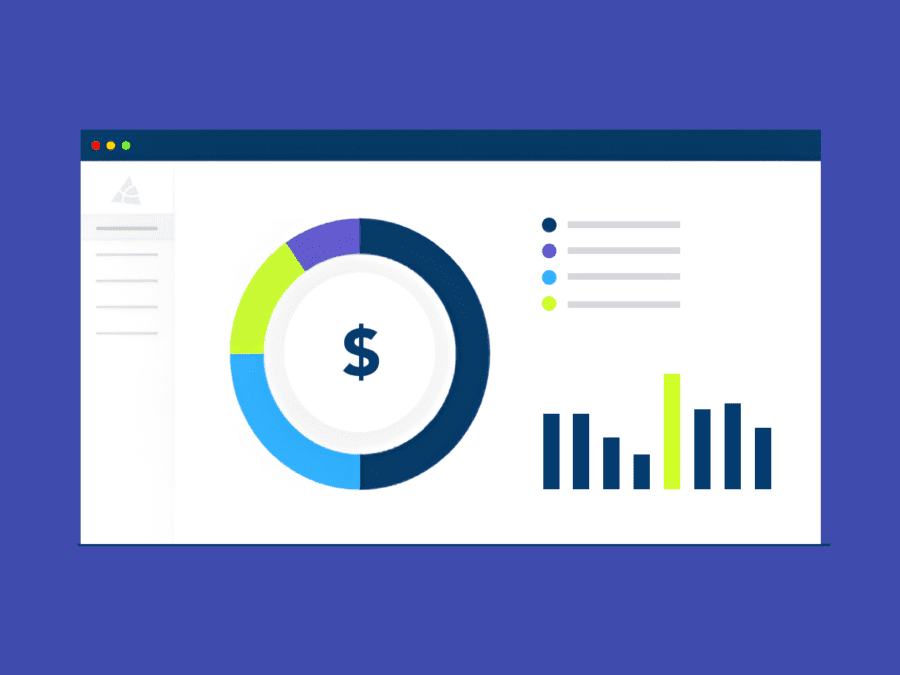Navigating the complexities of paid search can feel like venturing into a labyrinth. Absolute precision is crucial, yet Google’s opaqueness often leaves advertisers in the dark. This lack of transparency creates a significant roadblock, hindering efforts to reach optimal campaign performance.
In this three-part blog series, we’ll deep dive into some of the common challenges advertisers experience when reaching the point of diminishing returns, identifying areas of PPC budget inefficiency and contextualizing performance.
Part 2 – Identifying areas of PPC budget inefficiency
When identifying areas of PPC budget inefficiency within Google Ads, you may find yourself grappling with a series of common challenges – from experiencing click fraud to unknowingly cannibalising organic traffic. We’ve identified the top 4 challenges our customers have faced, with actionable recommendations to overcome them.
1. Unknowingly cannibalizing organic traffic
Without insight into competitor activity, you might struggle to identify the most effective keywords to target, potentially wasting resources on ineffective terms and missing out on valuable traffic. This lack of awareness can also leave you blindsided if competitors re-enter the auction, particularly if the brand-related searches are profitable.
You need visibility on which terms have no competition and they are the 1st Organic result in the search engine results page (SERP).
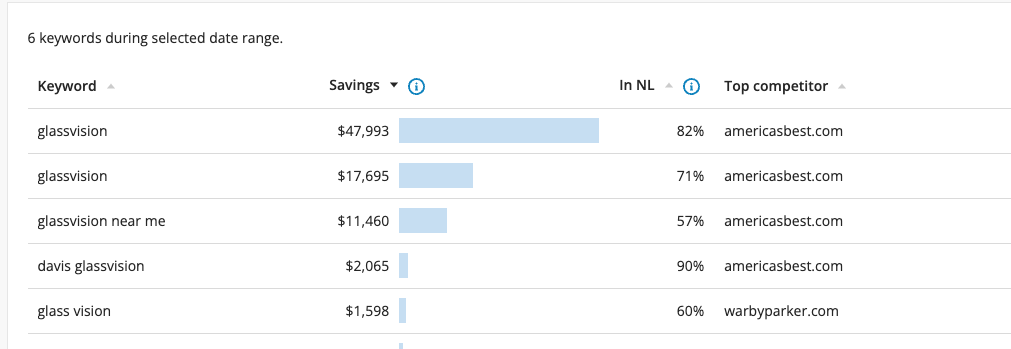
With Adthena’s Brand Activator, you can identify these terms, which we call Lone Ranger, and add them to your negative keyword list. This ensures ads are not triggered for irrelevant searches. By excluding non-competitive terms, you’ll be able to optimize your campaigns and focus budget on more relevant and competitive keywords.
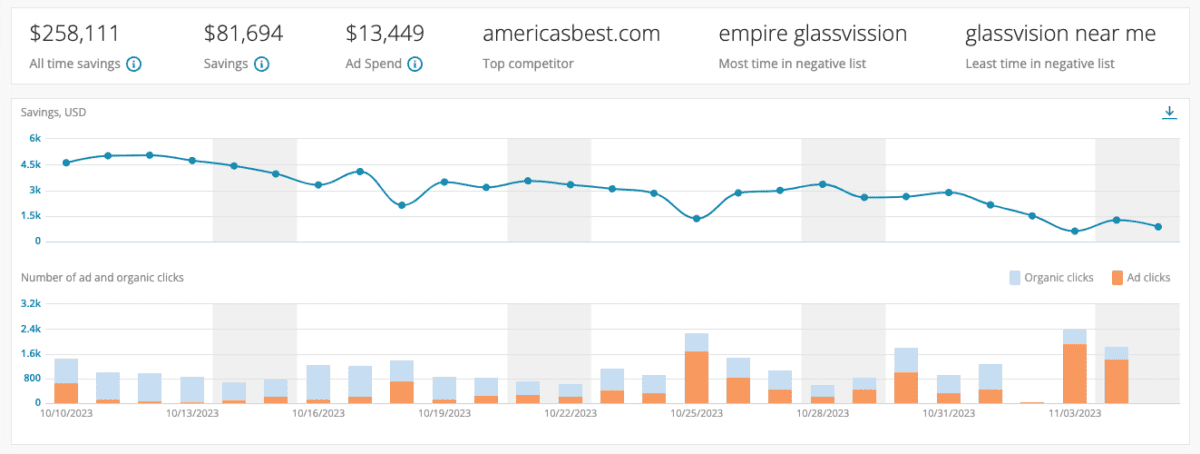
Within the Brand Activator Savings Report, you can see your total all time savings and savings for the specific time period. Customers using Brand Activator are saving $15k monthly each on average, with some enterprise brands saving into the millions.

2. Tracking trademark infringements in paid search
You need to know when a competitor or another advertiser is using your legally protected trademarks in a way that’s likely to confuse customers about the source of a product or service. Tracking their activity can be challenging however, particularly if they operate with a low impression share. This means their ads might not appear often enough for you to easily monitor them on the SERP.
Without a dedicated system in place, manually monitoring the SERP is the only way to capture evidence of their activity, which is cumbersome and inefficient, and quantifying the precise impact the infringements have on costs and traffic becomes difficult.
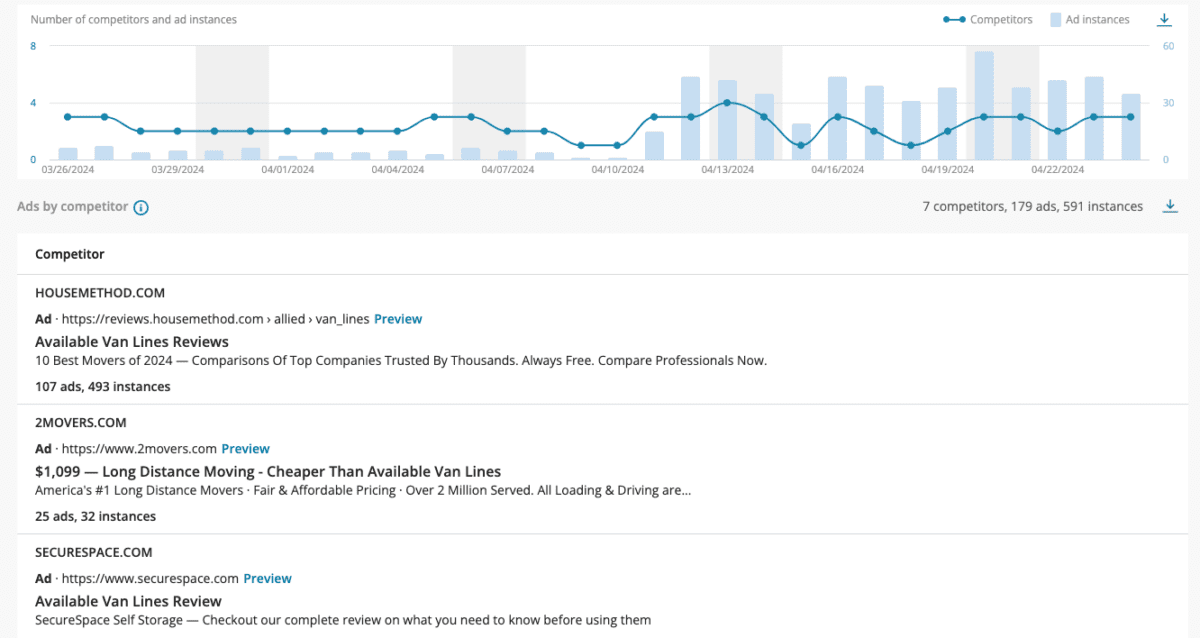
Adthena’s Infringement Tracker allows you to monitor bids and infringements on your branded search terms on a vast scale. Around the clock, we provide a complete AI-powered map of all brand bids and infringements in your competitive search universe.

3. Protect your brand from Ad Hijacking
Affiliate ad hijacking is a sneaky tactic where affiliates create fake ads mimicking yours, complete with your brand name and targeting relevant searches. They funnel traffic to your site using UTM parameters, making it appear they drove the sale and taking unrightful commissions.
This can lead to multiple challenges, including wasted ad spend, lost traffic and sales, brand damage from misleading ads, reduced click-through rates, and ultimately, eroded brand trust from customers.
On average, there are 112 competitors or affiliates bidding on your brand terms. You need to know when affiliates violate the rules of their agreements or engage in fraudulent advertising practices so that you can take necessary actions.
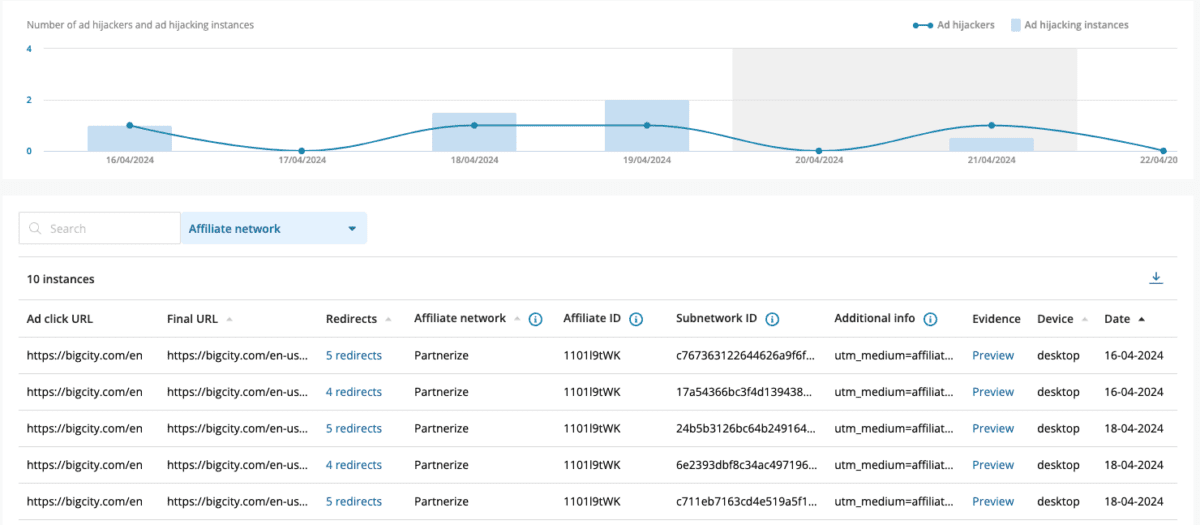
Adthena’s Ad Hijacking Detection monitors and reports thousands of instances of affiliate ad hijacks across hundreds of affiliate networks. It automatically detects when an affiliate impersonates your ad and provides evidence of fraud including ad screenshot and affiliate ID so you can submit directly to Google.

4. Not being able to see a full SQR
Optimizing advertising campaigns becomes a guessing game without complete data. Firstly, you risk budget wastage by appearing on irrelevant searches that hurt click-through rates. Traditionally, Search Query Reports (SQR) offer some insight, but Google’s limitations leave them blind to a significant portion of their ad placements.
Furthermore, without a clear picture of competitor activity in the auction, you have nothing to benchmark against. You can’t compare your costs per click or traffic volume, making it impossible to identify potentially cheaper terms that deliver similar results. This lack of context on performance creates a significant challenge for optimizing campaigns and maximizing return on ad spend.
You need comprehensive insights into the complete set of search queries triggering your ads, as well as those triggering their competitors’ ads.
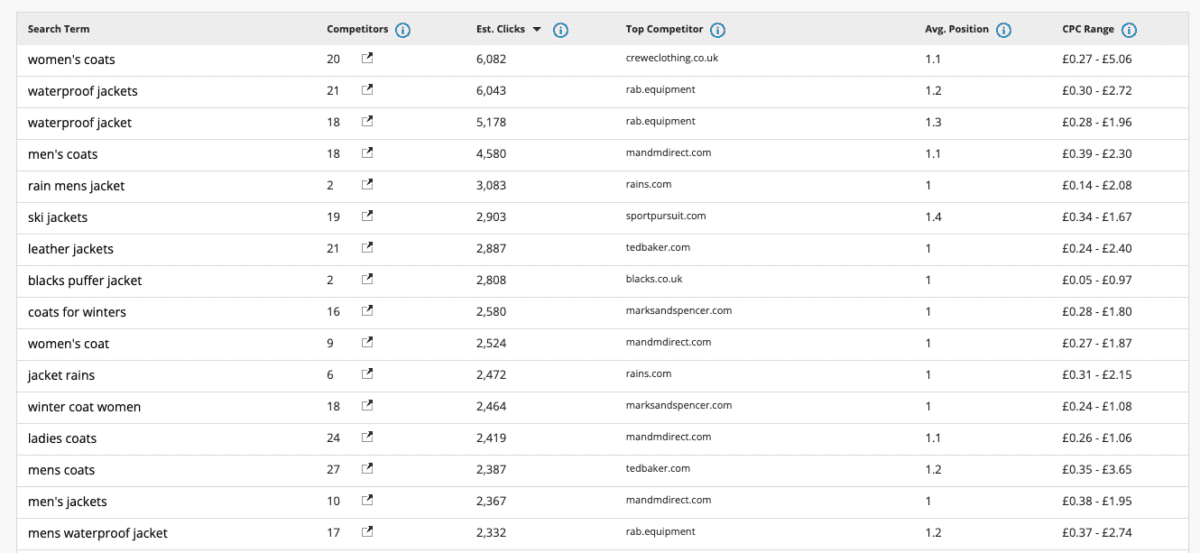
Adthena’s Search Term Detail lets you see which terms have the most competitors appearing on them, as well as the volume potential and estimated cost.
Uncover your untapped PPC potential
Like Go City, Havas Market & Arena Media, it’s time to uncover the untapped potential in your Google Ads strategy. Don’t miss out on the opportunities that lie within the details – let’s unlock growth together!
See how Adthena addresses each of these challenges in a self-guided tour or book a personalized demo with our team of search specialists.
Don’t forget to check out for part 1 and keep a look out for part 3 of the Google Ads conundrum.
